Description
Angels Looking up at the Eye of God. Study by Guillaume Taraval printed on a T-Shirt
About the T-Shirt
Regular fit
Standard length, the fabric easily gives into movement
Casual wear
A classic, everyday option loved by our customers
Side-seamed
Constructed by sewing two parts together, creating a fitted look
The Unisex Staple T-Shirt feels soft and light with just the right amount of stretch. It’s comfortable and flattering for all. We can’t compliment this shirt enough–it’s one of our crowd favorites, and it’s sure to be your next favorite too!
- Solid colors are 100% Airlume combed and ring-spun cotton
- Ash color is 99% combed and ring-spun cotton, 1% polyester
- Heather colors are 52% combed and ring-spun cotton, 48% polyester
- Athletic and Black Heather are 90% combed and ring-spun cotton, 10% polyester
- Heather Prism colors are 99% combed and ring-spun cotton, 1% polyester
- Fabric weight: 4.2 oz./yd.² (142 g/m²)
- Pre-shrunk fabric
- 30 singles
- Side-seamed construction
- Tear-away label
- Shoulder-to-shoulder taping
- Blank product sourced from Nicaragua, Mexico, Honduras, or the US
Guillaume Taraval (1701 – 1750)
Guillaume Thomas Taraval was a French born, Swedish painter.
Guillaume Thomas Raphaël Taraval was born in France, the son of François Taraval and Chatherine Masson. He became orphaned early in life and was raised by his foster-father Henry Guillemard (1665-1728) who also gave him the first lessons in painting and drawing. He continued his education with the artist Claude Audran (1658–1734).
Together with other French artists, Taraval arrived in Stockholm in 1732. Taraval was mainly active in the Stockholm Palace. He produced a series of elegant ceiling paintings and introduced the Rococo decorative style to Sweden. He also painted portraits, altarpieces and still lives, and prepared sketches for a chandelier in the chapel, which was then completed by his disciple Johan Pasch. He also played a major part in the Royal Swedish Academy of Arts, becoming its first director on its foundation in 1735. In 1739, he was granted leave to travel to Paris to study the new latest developments in French art, returning to Sweden in 1740. He died during 1750 in Stockholm.
In 1727 married his foster-father’s daughter Marie-Anne François Guillemard (b. ca 1705). He had two sons, the French painter Hugues Taraval (1729-1785) and the French architect and engraver Louis Gustave Taraval (1738-1794). The latter’s son, Jean-Gustave Taraval (1765-1784) was also a French painter.

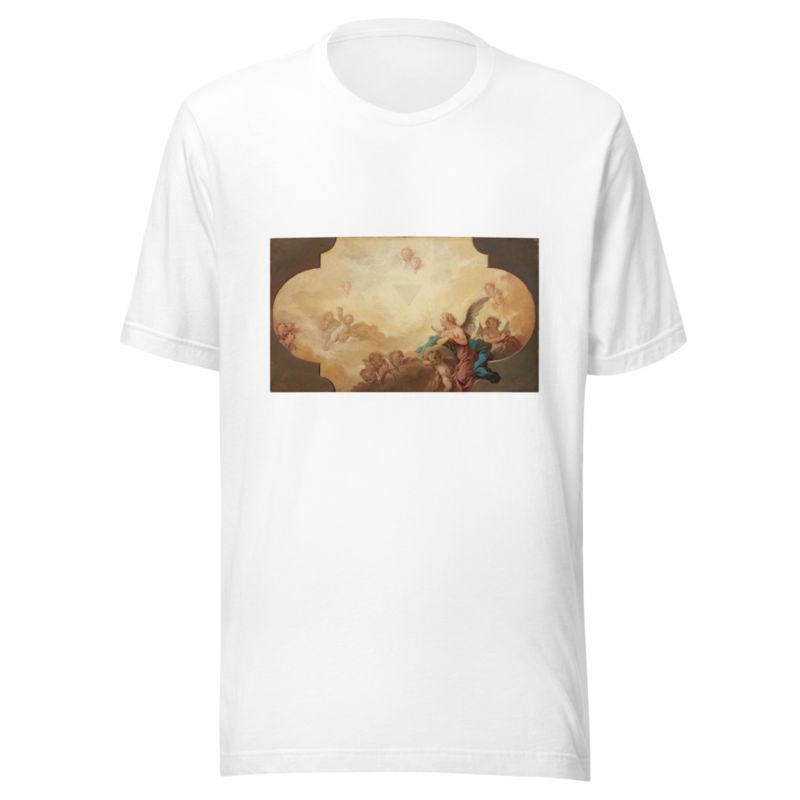
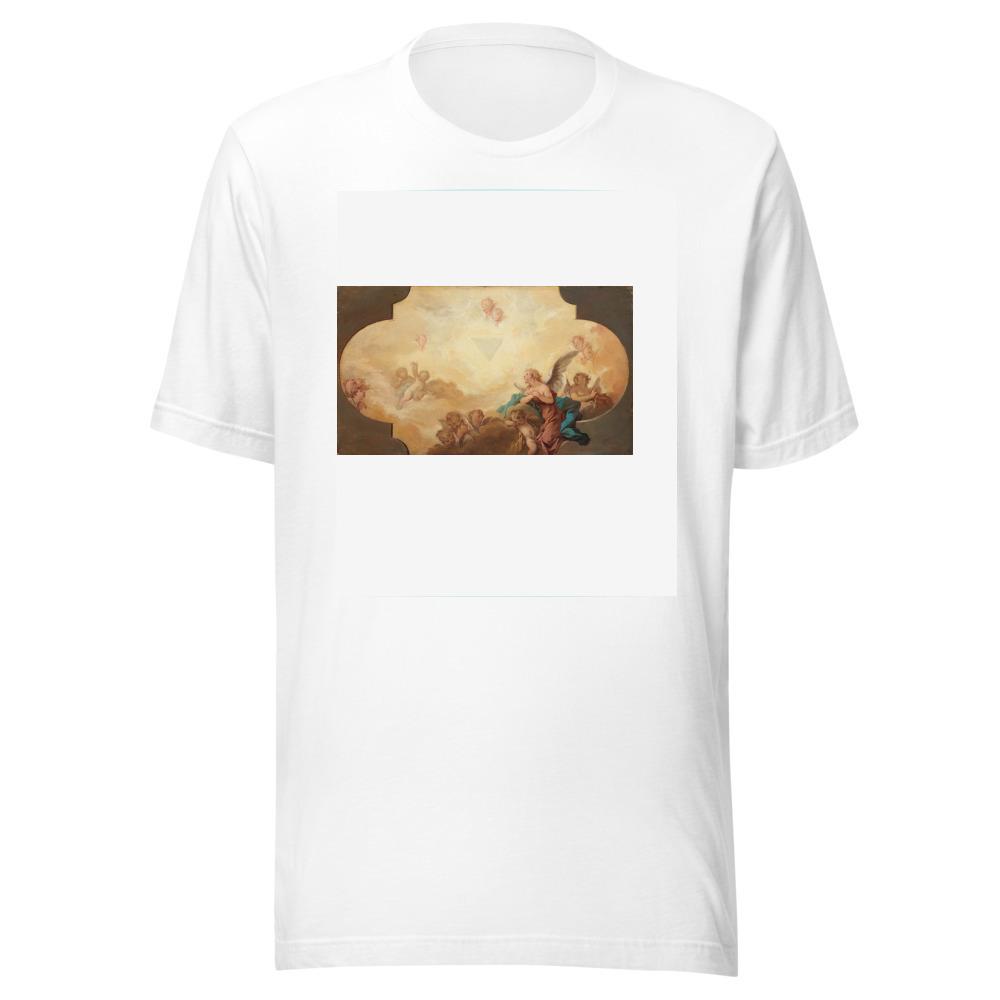
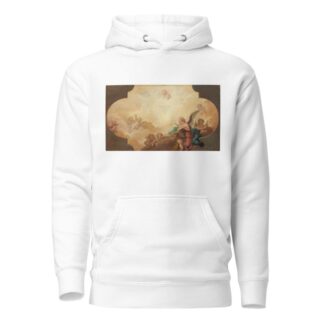
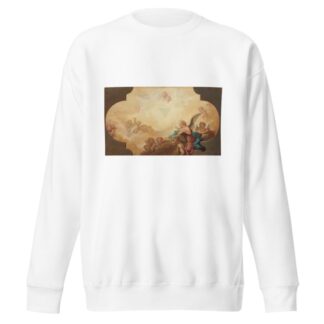
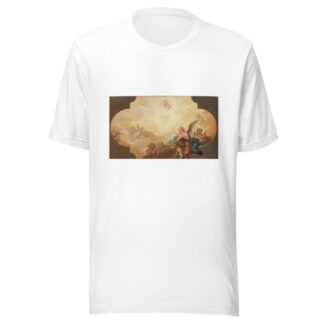
Reviews
There are no reviews yet.